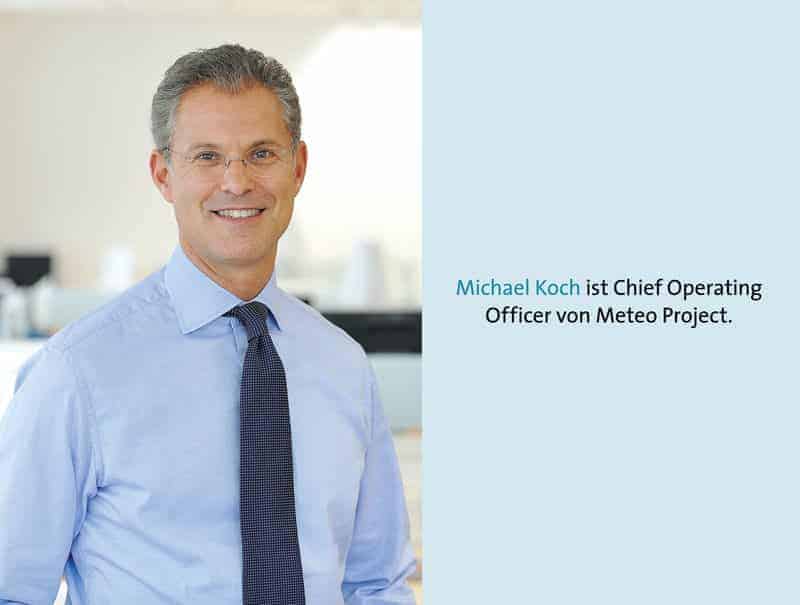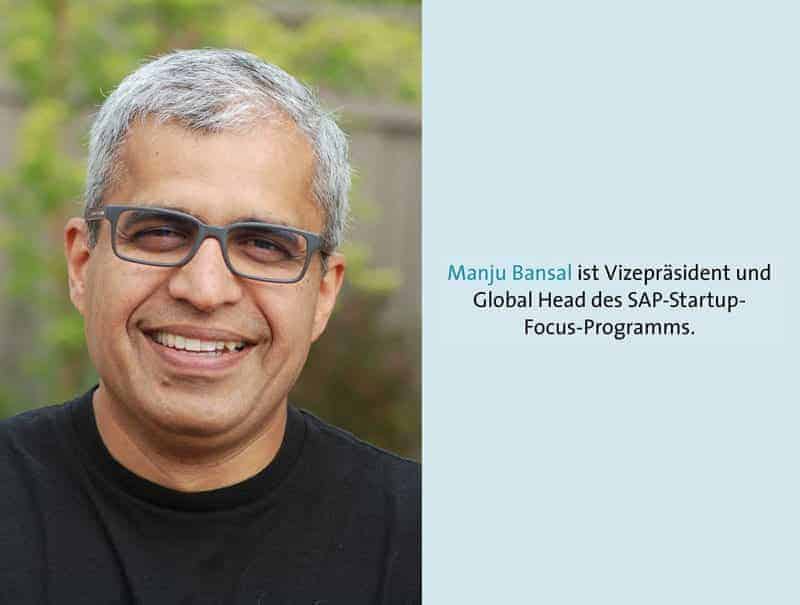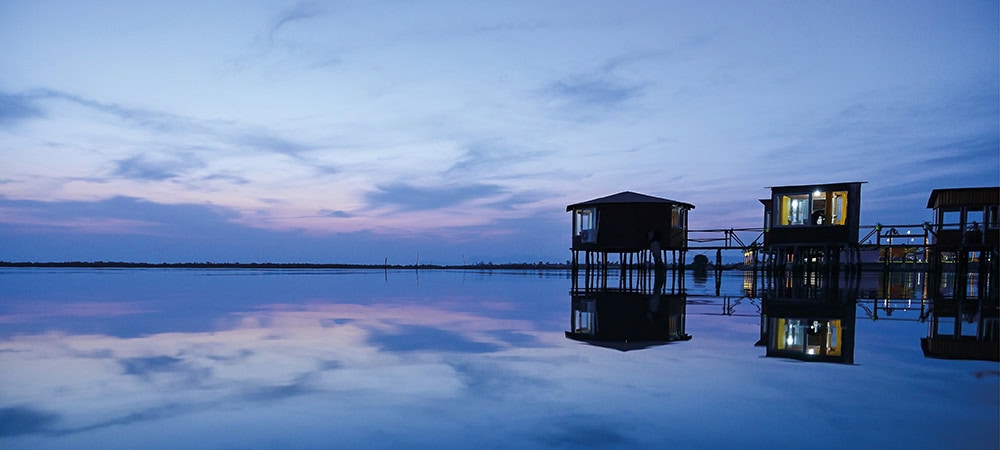

Mr. Koch, Weather Risk Management sounds exciting - how did the idea come about and what hurdles did you have to overcome?
Michael Koch: The idea to create Meteo Protect was based on the experience of one of our founders in the field of automotive batteries.
Due to two exceptionally mild winters, there was a dramatic drop in sales of vehicle batteries, which ultimately led to the company's insolvency.
It was already clear at the time that climate change would be accompanied by a significant increase in weather variability, which could lead to unexpectedly large declines in sales and earnings on the one hand, and critical increases in costs for weather-sensitive industries on the other.
Due to impressive advances in data processing as well as modeling in recent years, Meteo Protect has been able to develop long-awaited solutions for hedging weather-related risks based on index-based weather insurance.
Today, Meteo is an accredited partner of Lloyds in the area of hedging weather-related risks. The start-up has contributed significantly to the development of this market, which was previously only accessible to the energy industry to a very limited extent in the form of weather derivatives.
Today, our market is compared to the pre-2005 catastrophe market, which at the time still offered immense growth potential.
What is the contribution of SAP Startup Focus?
Cook: SAP has provided us with extensive access to their Hana technology from the very beginning. With the help of SAP's experts, we were also able to quickly migrate our solutions to SAP's extremely powerful analytics and data management platform.
This support ultimately enabled us to carry out the necessary climate change analyses quickly and easily in a first step. In a second step, we were able to use these findings to develop tailored solutions for hedging weather risks for a wide variety of application areas, which we now offer as a comprehensive overall solution in a platform for insurance companies.
On a commercial level, SAP has supported us energetically from the very beginning with its contacts in the insurance and reinsurance sector, brokers, cooperatives and corporate clients.
It should also be noted that these contacts initially trusted us to a large extent because our solutions were certified by SAP.
Weather models are very complex, especially for forecasts. How does your offer work?
Cook: Our solutions are based on analyzing the impact of climate change on our clients' specific weather-related risks. This requires a comprehensive understanding of the weather history for an enormous variety of weather risks, which are subject to specific geographic, time and weather definitions.
Basically, the specific risk must be modeled and tested for each customer in order to develop the optimally suitable hedging variant and the corresponding pricing.
We have also developed an app in the Hana Cloud that allows users to set their own premium specifications, geo-location, coverage period and weather parameters.
This platform makes it possible to aggregate the necessary weather data, analyze risks, determine pricing and ultimately create a policy - all in real time. In addition, we have also developed processes and tools to manage the large number of contracts and to present the exposure for insurance companies on an ongoing basis.
What role do SAP and Hana play in this?
Cook: Although weather-related anomalies have doubled in both frequency and intensity over the past 20 years, traditional weather-related insurance has largely not evolved, creating a major problem for both companies and insurers.
Meteo Protect has recognized this shortcoming and responded by developing protections that can be customized to meet the needs of a specific client.
To enable this level of customization, Meteo Protect uses SAP Hana to offload massive data up to twelve times faster than traditional platform solutions.
This allows us to price a wide range of scenarios and policies to provide maximum flexibility to our customers without negatively affecting our cost structure or productivity. Meteo Protect uses the SAP Hana Platform to aggregate over 100 trillion weather data from various sources to date.
What data is used?
Cook: We strive to use those data that most clearly reflect the risk of our customers. These are mainly data from weather stations, satellites, but also various data such as yield, cost, production and price statistics, which are closely linked to the business field of our customers.
One of the special features of our Vivaldi Platform is that it requires very limited customer or user data to develop or customize a hedging product.
We provide our insurance partners with a turn-key solution tailored to their needs, enabling them to develop their own products, largely independently of our assistance, which can be adapted to the specific needs of their individual customers with just a few clicks.
With the help of a simple API interface, customer management, reporting and the corresponding transactions can be taken over without any other major investments in the infrastructure of our partners.
What are the next steps?
Cook: Our next step is toward greater use of IoT technology to generate even more accurate data to provide the best weather-related risk protections to businesses in a wide variety of industries and risk zones.
We strive to provide our customers with increasingly fine-tuned hedging solutions in diverse industries around the world by continuously improving our products and adapting to climate change.
Short interview with Manju Bansal
Mr. Bansal, what exactly is your role in the SAP Startup Focus program?
Manju Bansal: As Vice President & Global Head of the SAP Startup Focus program, I have the privilege of leading a team of smart, motivated and talented colleagues to develop a vibrant ecosystem for innovation focused on startups.
Every day you hear about young startups disrupting the status quo and building entire industries in the process. In a globalized, hyper-competitive world, the old rules no longer seem to apply and "innovate or lose" has become the norm, even for established companies with a dominant market presence.
However, innovation is a tricky concept to deliver. SAP is committed to supporting the consistent success of our customers, and we do that by building a network of next-generation startups that have innovative solutions that can help our customers win in their markets.
So our job is to show the world where this next generation of innovation (i.e. In the startup community) is most needed and highly valued (i.e. With our large enterprise customers). Simply put, we help bring innovation to the enterprise.
What challenges do you face?
Bansal: There are external and internal challenges. External: This is the part where we work as a team with individual startups and the larger startup ecosystem. Here our challenge is to convince startups to work with us and build their solutions on our technology stack.
Despite the fact that our program is 100 percent free, startups are wary of getting too close to one technology provider to avoid risking their affiliation with others.
What helps us solve this challenge here is a proper approach that puts the need for the startups first. If we focus too much on selling our technology, we risk scaring away the startups.
Instead, we have a focus on how SAP helps our customers and how innovation from the startup fits into that narrative. We work with startups in 65+ countries, and helping them understand who we are and what we do is an integral part of our work.
We also work closely with a whole range of internal stakeholders and colleagues. It is our team's responsibility to work together across a broad range of functional areas within SAP to position our startups for long-term success.







